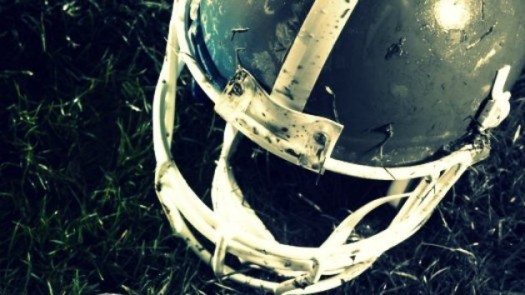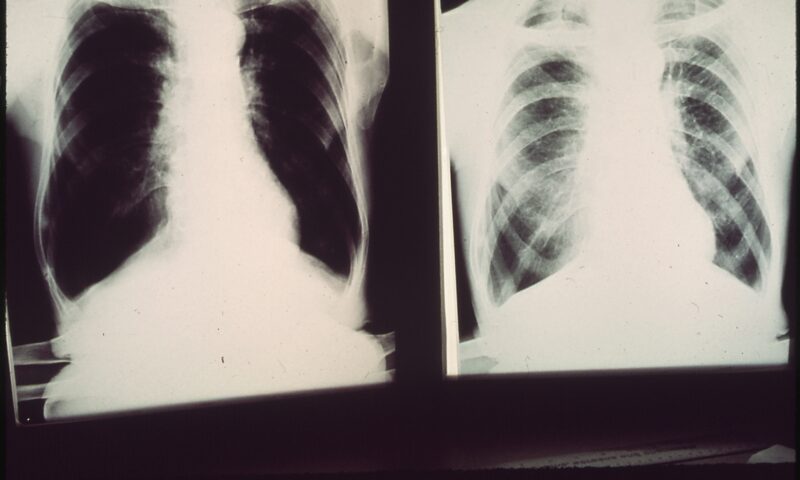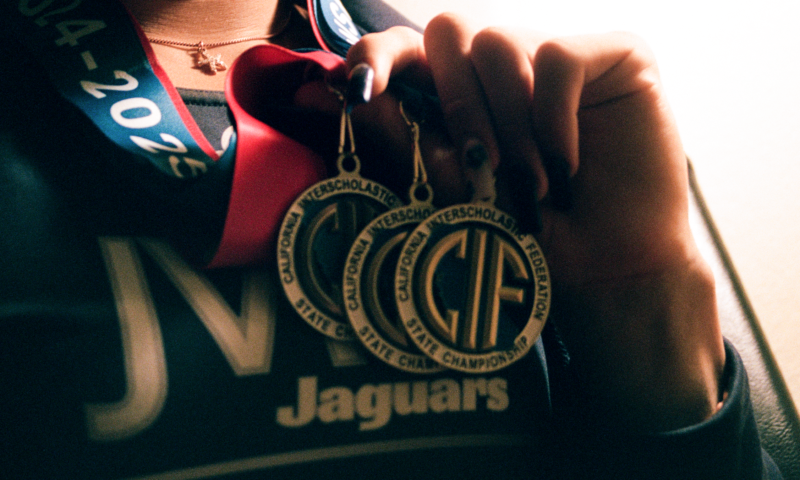Labor & Economy
Dead Cat Bounce: The NFL’s Head Games

Driving past Echo Park the other day I saw a cat convulsing in the road. It had plainly been hit by a car and was, hopefully, near death. I considered backing up and driving over the poor thing to end its misery, but I didn’t have the strength.
Francis Underwood, played by Kevin Spacey, finds himself in a similar situation in the opening scene of the Netflix series, House of Cards. He strangles a wounded creature (a dog) as he tells us there are two kinds of pain—that which makes you stronger and that which has no purpose and is thus just suffering.
Read Mark Fainaru-Wada and Steve Fainaru’s League of Denial and I promise you’ll be convinced there’s a third, perhaps more complicated category—suffering whose purpose is collective pleasure, incriminating participant and observer simultaneously.
The risks of repeated blows to the head are obvious and have been known for some time. They were first applied to sport in the sweet science; researchers learned that concussions caused disease and ultimately death. They learned further that “subconcussive” trauma—repeated blows short of concussion—also caused disease and death.
Football players, wearing helmets, were thought immune, but in the early ’90s, neurologists began to realize they were not. The first documented death occurred in 2002. Mike Webster, an all-pro center for the Steelers, had gradually lost his mind and died. The autopsy determined a brain disease that killed him. He already knew it. So did the National Football League, which gave him benefits for the injuries that caused it.
Playing football causes painful death for some of its players. The suffering involved does not serve a higher purpose and yet it is not pointless. Participants love playing and fans love watching. There is a value in entertainment. It must be weighed against the value of the lives it costs.
The easy call is playing. A few years ago, my son Toby became a hockey fan and wanted to play. With some trepidation, I began teaching him to skate. He liked it, but not enough and never became a hockey player. Back then I would have let him. Today, I would not. Whatever enjoyment he might get, he can get elsewhere, doing something that will not risk his life. I’d no sooner let him smoke.
He’s since become a football fan. For Halloween, he dressed as Clay Matthews. For his birthday, we had a football cake, football decorations, football tchotchkes for the kids that came. He and his friends played football in the street while I watched to make sure no cars came. One of his friends had to sit out after running into a parked car trying to catch a pass.
Is it ethical to watch football? I’ve never been a huge fan, but have watched all my life and with renewed interest now that my son enjoys it. I’ve told Toby the risks and he knows them. He watched Frontline’s League of Denial documentary. He wouldn’t play. But we still watch, no less than before. We must accept, however, that in so doing, we are watching people die.
Collectively we have not confronted that fact thanks to powerful messaging and branding. We think about those issues some, here at Capital and Main (nee Frying Pan News). The NFL has officially studied the issue of brain trauma for nearly two decades. In that time, it has put out Big Tobacco-like studies contradicting the work of real scientists. It has shut down investigations, harassed researchers and, other than one single sentence one time, has not accepted the links. The league gave players brochures indicating concussions were not dangerous.
You’ve heard of concussions lately and of their risks. You may know the NFL has changed some rules to improve player safety. You may be aware of a lawsuit filed by former players, which the NFL recently settled for some $767 million.
These things may make you think the NFL’s denials didn’t work or that if they did, they merely delayed the inevitable and that now the NFL is doing something. I thought this. I failed to understand how players could sue the NFL when the risks of playing football are obvious. I thought the league was actively trying to stop concussions.
That is because good messaging works. The NFL still does not admit concussions cause brain damage. It lied and continues to lie. For this reason, it was able to settle the lawsuit for what sounds like a lot but isn’t. The money will be paid out over two decades and in that time the NFL and its teams will earn somewhere north of $250 billion, even if their revenues do not increase. The payment is, at most, one-third of one percent of league revenue.
Because messaging works, the NFL was able earlier this year to convince the state of California to stop approving workers’ compensation claims for its former athletes. For this reason, I am still watching football with my son. For this reason, other parents watch their eight year old sons play tackle football some Saturdays and junior highs and high schools still have football teams. For this reason, tobacco is still sold in stores.
Football is not tobacco. We do not incentivize people to smoke by making them famous and paying them millions. We do not watch and cheer as they inhale. We are not implicated.

-

 Latest NewsJune 17, 2025
Latest NewsJune 17, 2025A Coal Miner’s Daughter Takes on DOGE to Protect Miners’ Health
-

 Beyond the BorderJune 10, 2025
Beyond the BorderJune 10, 2025Detained Man Says ICE Isn’t Treating His Colon Cancer
-

 Column - State of InequalityJune 5, 2025
Column - State of InequalityJune 5, 2025Budget Cuts Threaten In-Home Assistance Workers and Medi-Cal Recipients
-

 Column - State of InequalityJune 12, 2025
Column - State of InequalityJune 12, 2025‘Patients Will Suffer. Patients Will Die.’ Why California’s Rural Hospitals Are Flatlining.
-

 Column - California UncoveredJune 18, 2025
Column - California UncoveredJune 18, 2025Can Gov. Gavin Newsom Make Californians Healthier?
-

 Featured VideoJune 10, 2025
Featured VideoJune 10, 2025Police Violently Crack Down on L.A. Protests
-

 Latest NewsJune 4, 2025
Latest NewsJune 4, 2025Grace Under Fire: Transgender Student Athlete AB Hernandez’s Winning Weekend
-

 Striking BackJune 3, 2025
Striking BackJune 3, 2025In Georgia, Trump Is Upending Successful Pro-Worker Reforms

